Thermite welding is a specialized process used to join metal components by utilizing the exothermic reaction of thermite – an alloy of aluminum powder and iron oxide (rust) – to generate intense heat. This process is unique because it produces temperatures high enough to melt steel and other metals, creating a strong, solid weld. Thermite welding is primarily used in heavy industries like railroads, where large metal sections need to be joined with high strength and durability. Unlike traditional welding methods, thermite welding does not require an external power source or gas supply, which makes it particularly useful in remote or hard-to-access locations.
Although the process is relatively old – having been first developed in the 19th century—it remains highly effective for certain applications, particularly for welding large, heavy materials that require strong, heat-resistant joints.
Thermite Welding Process
The thermite welding process relies on the intense heat generated by the exothermic reaction of aluminum powder and iron oxide. This reaction produces molten iron, which is used to fuse two metal parts together. Here’s a step-by-step breakdown of how the thermite welding process works:
- Preparation of the Parts: The metal parts to be welded (such as steel rails or large metal components) are first prepared by aligning them in the desired position. This often involves setting up a mold to shape the molten metal into a joint. The metal parts must be clean and free from rust, dirt, and oil to ensure a strong bond.
- Setting Up the Thermite Mixture: The thermite mixture, which consists of aluminum powder and iron oxide (rust), is placed in a crucible or welding container positioned above the workpieces. When ignited, the thermite mixture will undergo an exothermic reaction, producing molten iron and a significant amount of heat (up to 2,500°C or 4,500°F).
- Ignition: To initiate the reaction, a high-temperature ignition source, such as a magnesium ribbon or a spark, is used to ignite the thermite mixture. Once ignited, the thermite reaction rapidly accelerates and generates a large amount of heat.
- Molten Iron and Fusion: As the thermite reaction proceeds, the aluminum powder reduces the iron oxide to produce molten iron and aluminum oxide. The molten iron flows down onto the joint area, where it fuses the workpieces together, filling any gaps between the metal surfaces and creating a strong bond.
- Cooling and Solidification: After the molten iron has been poured over the joint, the reaction ceases, and the newly formed weld is allowed to cool and solidify. Once cooled, the weld is typically cleaned to remove any excess slag or debris from the surface, leaving a strong, solid bond between the materials.
- Inspection: After the thermite welding process, the joint is inspected for strength and integrity. Nondestructive testing methods, such as ultrasonic or visual inspection, may be used to ensure that the weld is free of defects and meets the required specifications.
Thermite welding does not require an external power source, which makes it ideal for fieldwork, such as in the railroad industry, where it is commonly used to join rail sections.
Pros and Cons of Thermite Welding
While thermite welding is a powerful and effective method for certain types of welding, it also has its limitations. Below, we’ll examine the primary advantages and disadvantages of the thermite welding process:
Pros
- High-Temperature Capability: Thermite welding produces extremely high temperatures (up to 2,500°C or 4,500°F), which makes it suitable for welding thick materials, such as steel, that require a lot of heat to melt and fuse.
- No External Power Source Needed: One of the major benefits of thermite welding is that it does not rely on electricity or gas supplies. This makes it an excellent choice for fieldwork or in locations where access to traditional power sources is limited or unavailable.
- Strong, Durable Joints: The welds produced through thermite welding are strong and durable, making them ideal for critical applications where the joint must withstand high loads and stresses. The molten iron used in the process creates a bond that is often stronger than the base material itself.
- Ideal for Heavy Materials: Thermite welding is particularly effective for joining large, heavy sections of metal, such as in the railroad industry, where it is commonly used to join steel rails. The process can also be used for welding large pipes and other thick metal components.
- Simple Equipment: The equipment needed for thermite welding is relatively simple compared to other welding methods, making it easy to transport and set up in the field. This is especially useful for repairs and maintenance work in remote locations.
- Minimal Distortion: Because the heat is concentrated in a small area, thermite welding causes minimal thermal distortion of the workpieces. This is especially important when working with large, heavy components that need to maintain their shape and integrity.
Cons
- Limited Precision: Thermite welding is not well-suited for projects that require fine, precise welds. The process is generally better suited for larger, industrial-scale applications where the joints are less complex and do not require intricate detailing.
- Slower Process: Although thermite welding can generate high heat, the process itself is relatively slow compared to other welding methods like MIG or TIG welding. This can make it less efficient for high-volume production or when working with smaller components.
- Requires Skilled Operators: While the process is relatively simple, it requires skilled operators who are knowledgeable about handling the thermite mixture and ensuring the safety of the reaction. Improper handling or insufficient preparation can lead to poor-quality welds or safety hazards.
- Heat-Affected Zone (HAZ): As with other high-heat welding processes, thermite welding can cause a significant heat-affected zone (HAZ) in the material. This may weaken the surrounding areas of the weld, particularly in metals that are sensitive to heat, such as certain alloys.
- Slag Removal: The thermite reaction produces slag (aluminum oxide), which must be removed after the welding process. This can require additional cleanup and finishing work, especially for large welds.
- Limited Material Compatibility: While thermite welding is highly effective for certain metals, such as steel and iron, it is not suitable for all types of materials. Non-ferrous metals and certain alloys may not be compatible with the thermite reaction.
Conclusion
Thermite welding is a highly effective and reliable process for joining heavy, thick materials, particularly in the railroad and infrastructure industries. The ability to generate extreme heat without the need for external power sources makes it ideal for fieldwork and remote locations. The process creates strong, durable joints that are well-suited for applications where strength and load-bearing capacity are critical.
However, thermite welding is not without its limitations. It is slower than other welding methods, requires skilled operators, and may not be suitable for projects that demand fine precision or welding of non-ferrous metals. Despite these drawbacks, thermite welding continues to be an essential technique for large-scale industrial applications where its unique capabilities are most beneficial.

